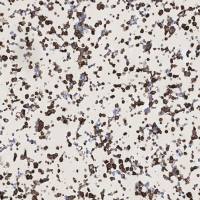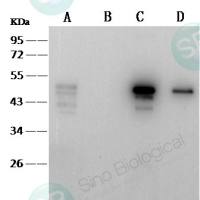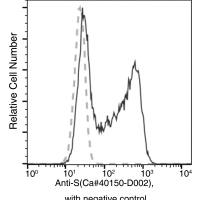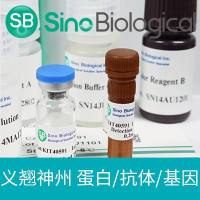Studying Antibody Conformations by Ultracentrifugation and Hydrodynamic Modeling
互联网
2642
Intact immunologically active antibodies are too large for high-resolution structural analysis by nuclear magnetic resonance (NMR) spectroscopy. The flexibility between the Fab and Fc domains at the hinge region also makes structure determination by X-ray crystallography generally difficult, except for a limited number of cases (antibodies that possess short hinge regions, hinge-deleted mutants, or those stabilized by complexation with antigen). Hydrody-namic methods—such as measurement of the translational frictional ratio by ultracentrifugation or dynamic light scattering—have no such limitations. However, two caveats exist. First, the structures obtained are only low-resolution models. Second, hydrodynamic parameters, such as the frictional ratio, are often at least as sensitive to the volume of the particle as to conformation. This is tricky, since this volume includes a significant contribution from any solvent associated with the antibody; and this “solvation” or “hydration” is a complex dynamic process. Nonetheless, if the hydration problem can be adequately dealt with, useful information about domain orientation can be obtained, and in particular how orientations differ between different antibody classes and subclasses, and between wild-type and mutant or engineered structures. This information may ultimately assist with strategies for antibody engineering, particularly if we can understand which sequences are responsible for “compact” as opposed to open structures.









